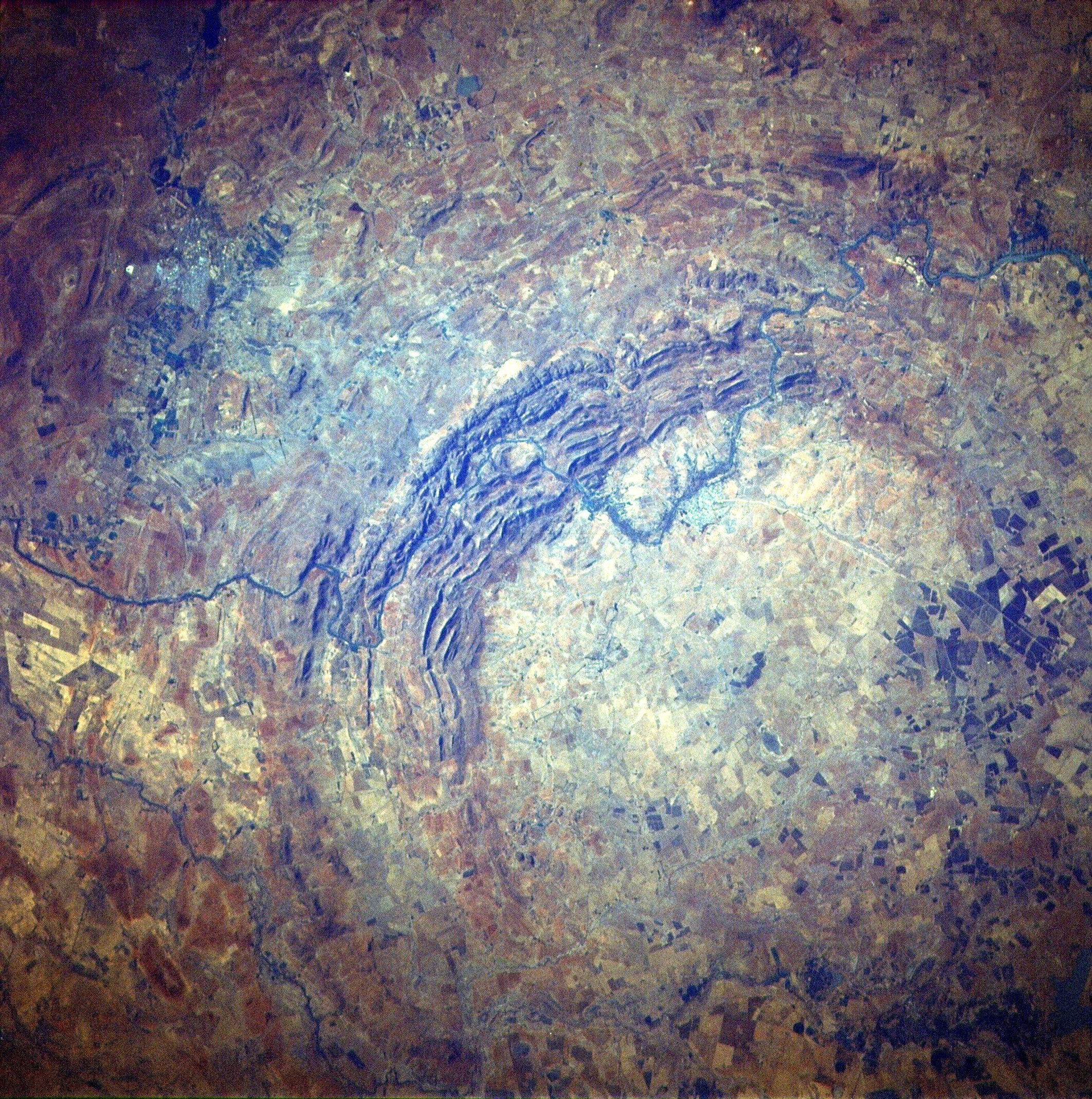At a Glance
- The study reveals the pervasive impact of plastic pollution, including microplastics and nanoplastics, in the Arctic and Antarctic polar regions.
- Researchers found that 90% of Arctic and 97% of Antarctic samples contained at least one microplastic particle, with polyethylene, polypropylene, and polystyrene being the most prevalent plastic polymers.
- Seabirds in these regions face significant plastic pollution threats, including gastrointestinal blockage, toxicity, oxidative stress, and immune reactions, highlighting the broader ecological impact on the polar ecosystem.
- The decline in seabird populations in the Arctic and Antarctica underscores the urgent need for stricter conservation measures, especially in the face of additional pressures from expedition tourism, commercial fishing, and the effects of global warming on melting ice.
- The study emphasizes the ongoing need for concerted efforts to address and mitigate environmental stressors in these vulnerable ecosystems, serving as a reminder that no part of the planet is immune to the consequences of human activities.
The once pristine polar regions of the Arctic and Antarctica are now facing the pervasive impact of plastic pollution, including microplastics and nanoplastics. A recent study published in Frontiers in Marine Science has shed light on the extensive reach of plastic pollution in these remote areas, particularly its effects on seabirds that call these regions home.
Davide Taurozzi, a Ph.D. researcher and Professor Massimiliano Scalici from Roma Tre University, Italy, conducted a comprehensive review spanning 40 years of research into seabird ingestion of microplastics. The study involved the analysis of over 1,100 samples, including stomach contents, crop pouches, guano, and regurgitated pellets from 13 species of seabirds inhabiting polar landscapes.
The researchers discovered that 90% of Arctic and 97% of Antarctic samples contained at least one microplastic particle. The most prevalent plastic polymers found were polyethylene, polypropylene, and polystyrene, primarily in fragments resulting from the breakdown of larger plastic objects such as bags, containers, and packaging.
The ingestion of plastic particles poses significant threats to seabirds, including gastrointestinal blockage, toxicity, oxidative stress, and immune reactions. Moreover, microplastics in krill, a vital food source for some penguin species, highlight the broader ecological impact of plastic pollution on the polar ecosystem and trophic webs.
The decline in seabird populations in these regions underscores the urgent need for stricter conservation measures. With the Arctic and Antarctica facing additional pressures from expedition tourism, commercial fishing, and the effects of global warming on melting ice, concerted efforts to mitigate environmental stressors are imperative.
This study serves as a stark reminder that no part of the planet is immune to the consequences of human activities, emphasizing the ongoing need for strategies to address and mitigate environmental stressors in these vulnerable ecosystems.
References
- Bird, H. & Phys.org. (2024, March 14). Polar plastic: 97% of sampled Antarctic seabirds found to have ingested microplastics. Phys.Org; Phys.org. https://phys.org/news/2024-03-polar-plastic-sampled-antarctic-seabirds.html
- Taurozzi, D., & Scalici, M. (2024). Seabirds from the poles: Microplastics pollution sentinels. Frontiers in Marine Science, 11. https://doi.org/10.3389/fmars.2024.1343617











